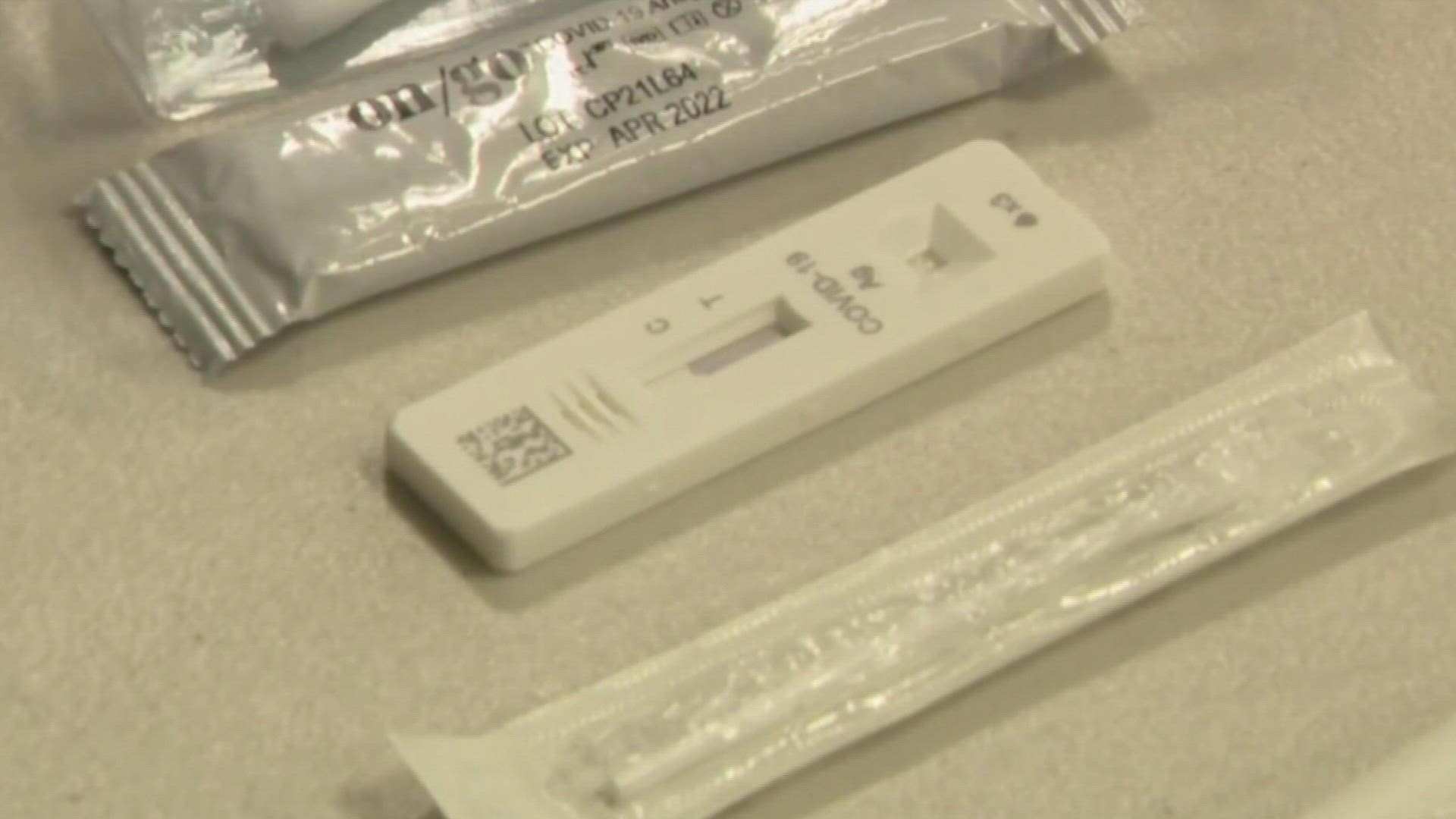NEW ORLEANS — Currently in the New Orleans area, about a quarter of the COVID cases are from a new subvariant of the Omicron variant.
So, what's the community status during festival season?
A lot of people are talking, and posting, and wondering did being around the nearly half-million people who went to the Jazz Fest spread COVID?
Let's look at the hard data.
According to the city health department, waste water samples indicate increases in the French Quarter, Little Woods and St. Roch areas.
Dr. Fred Lopez, LSU Health professor of infectious disease, says this about the numbers.
“If you look at Orleans, and now St. Bernard, and Plaquemines Parishes, they're at high levels of community transmission,” Dr. Lopez said.
But the good news is that all six LCMC hospitals are at the lowest number of COVID patients since the pandemic began.
“We were in the single digits at LCMC Health. We went up to just over a dozen, and we're back today in the single digits again,” said Dr. Jeffrey Elder, Medical Director of Emergency Management at LCMC Heath and an LSUHSC Associate Professor of Emergency Medicine.
And when asked if he thinks the low number of hospitalizations has to do with the natural and vaccinated immunity that is in the community, Dr. Elder replied, “Absolutely.”
While neither having COVID in the past, or being vaccinated will prevent you completely from catching the current Omicron subvariant circulating, vaccines do work at what's most important.
“So far, data suggest that the vaccines are good at preventing serious illnesses, hospitalizations, deaths. They seem to be very effective at doing that,” Dr. Lopez said.
And now the antiviral medications you take at home to keep you from getting very sick are more available.
Numbers may be higher than we know, because at home positive tests are not reported. We do know that catching COVID in an outdoor setting is very low. Mardi Gras was not a superspreader. But we also know that the current Omicron subvariants are much more infectious or likely to spread, than the previous strains.
“But if you're not vaccinated, and you haven't been infected, and you're completely non-immune, these variants are so transmissible, that if you're anywhere near someone who's infected with them, you're likely to get infected,” Dr. Lopez explained.
So being up to date on your vaccines and both boosters is what's recommended.
Doctors say the best time to take an at home test for COVID is four-to-five days after you have been exposed, but some people may not show up as positive until 10 to 14 days afterwards.
► Get breaking news from your neighborhood delivered directly to you by downloading the new FREE WWL-TV News app now in the IOS App Store or Google Play.

